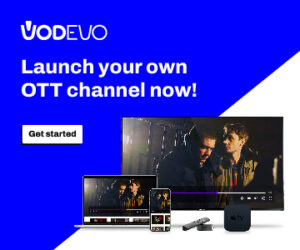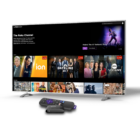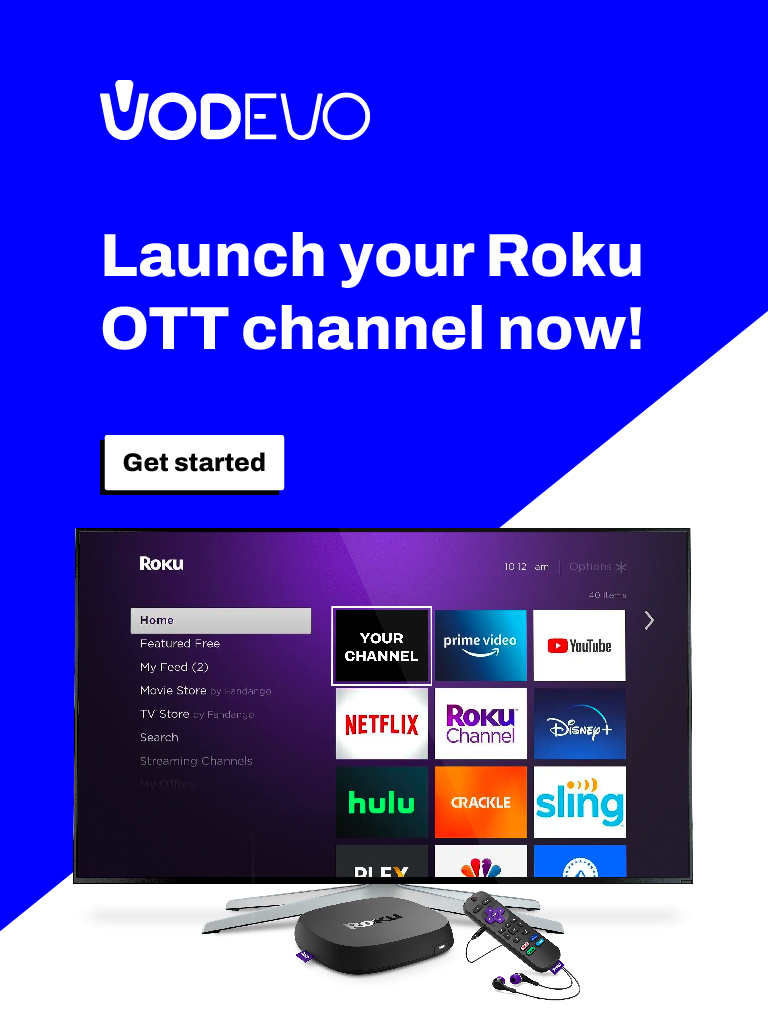Is AVOD the natural competitor of SVOD?
According to a new report from Omdia, nearly 200 million households in the US are consuming content from AVODs on a monthly basis.
The growth of AVOD OTT channels is not a US phenomenon. US is only the second largest AVOD market, with India the top one with more than half a billion monthly AVOD users.
Omdia estimates that revenue for video advertising will reach US$120 billion by the end of 2024 from US$70 billion in 2020.
The report notes that while online video consumption grew significantly as a result of the Covid-19 pandemic, this is a wave “that is here to stay” and that such consumption will account for 52% of all online display ad revenue by the end of 2024.
Nowadays, it is not those broadcast giants dominating the way for online video ad revenues, but definitely the online pioneers at Facebook and YouTube.
Both companies accounted for a total of 49% of all online video ad revenues in 2020, while broadcast groups only managed 13%.
This means a prominent amount of cash. Broadcast groups generated US$8 billion online video ad revenue in 2020. The expectations are to see these growing to US$19 billion by the end of 2024, as broadcasters rely less and less on YouTube and Facebook.
Avod services grow up
A large amount of this revenue will come from AVOD services owned by broadcast groups. Omdia says that “media giant-owned AVOD platforms such as Pluto TV, Tubi, and Peacock will spearhead the shift to a direct-to-consumer revolution and increase their worldwide footprints.”
Pluto, for example, is aggressively expanding into Europe; it has already launched in France and Spain.

SVOD AND SVOD ON TOP
There is a direct correlation between the number of SVOD and AVOD services used monthly by country. Fateha Begum, associate director at Omdia, writes: “As consumers move online, an opportunity arises for content owners to provide access to content away from the traditional TV model.
The increase in subscription online video has paved the way for AVOD services as consumers understand the freemium proposition better, and are spending more online. Consumers’ understanding of watching ‘free’ content with adverts and the requirement of an incremental fee to access premium content or remove adverts has improved.”
As consumer habits change and their understanding of the video landscape evolves, so the business models of broadcasters and operators follow.
Peacock Tv is perhaps the most forward-looking in this. Other OTT channels like Hulu and CBS have offered cheaper versions of their products supported by ads, but Peacock has gone one step further by offering a selection of its product that is entirely free with ads.
Peacock is an American over-the-top video streaming service owned and operated by the Television and Streaming division of NBCUniversal, a subsidiary of Comcast.
Peacockby NBC has not explicitly said that it hopes to attract in paying subscribers with this model, this is the strategy with its recent launch of sitcom The Office. The OTT channel offers the first two seasons for free, while locking the following seven under the payment of US$4.99 per month premium tier.

IS AVOD THE BEST OPTION FOR EUROPEN CHANNEL SURVIVAL?
A recent report from the European Audiovisual Observatory found that the European VOD market increased over the past decade from €388.8 million in 2010 to €11.6 billion in 2020.
This is reflected in the explosion of SVOD subscribers, with the market growing from 300,000 subscribers to more than 140 million within that time period.
But despite the market being sizable, it is dominated by US players. Netflix is the top SVOD service in all but two EU countries. Together with Amazon being the narrow favourite in Austria and Germany – likely due to its increasing DACH sports presence.
Nordic Entertainment Group’s Viaplay is the only local European player which puts up a fight in its available markets,. It with the company this week announcing that it has 3.02 million subscribers, and confirming expansion plans for the coming months.
While it would be hyperbolic to say that the SVOD battle has already been conceded in Europe. To give major US players, the disappointing performance of French platform Salto indicate that there is little chance. AVOD, and its extended form Freemium, presents a significant opportunity for local players to dominate the OTT space in Europe.
Pluto TV will continue to expand via partnerships with TV and device makers. This gap presents an opportunity for national broadcasters to dominate with AVOD services.
In the UK, ITV Hub and STV Player have all seen a fast growing during the lockdown period as ad-supported streaming services. The nature of channels being viewed more as public services than purely commercial entities means that they have a greater push.
In a market yet to be fully tapped into by the US, local platforms across Europe. This have a chance to make the most of AVOD revenues, creating engaging products. The continent may be late to the AVOD, but it has still the opportunity to make the difference with the correct approach.








